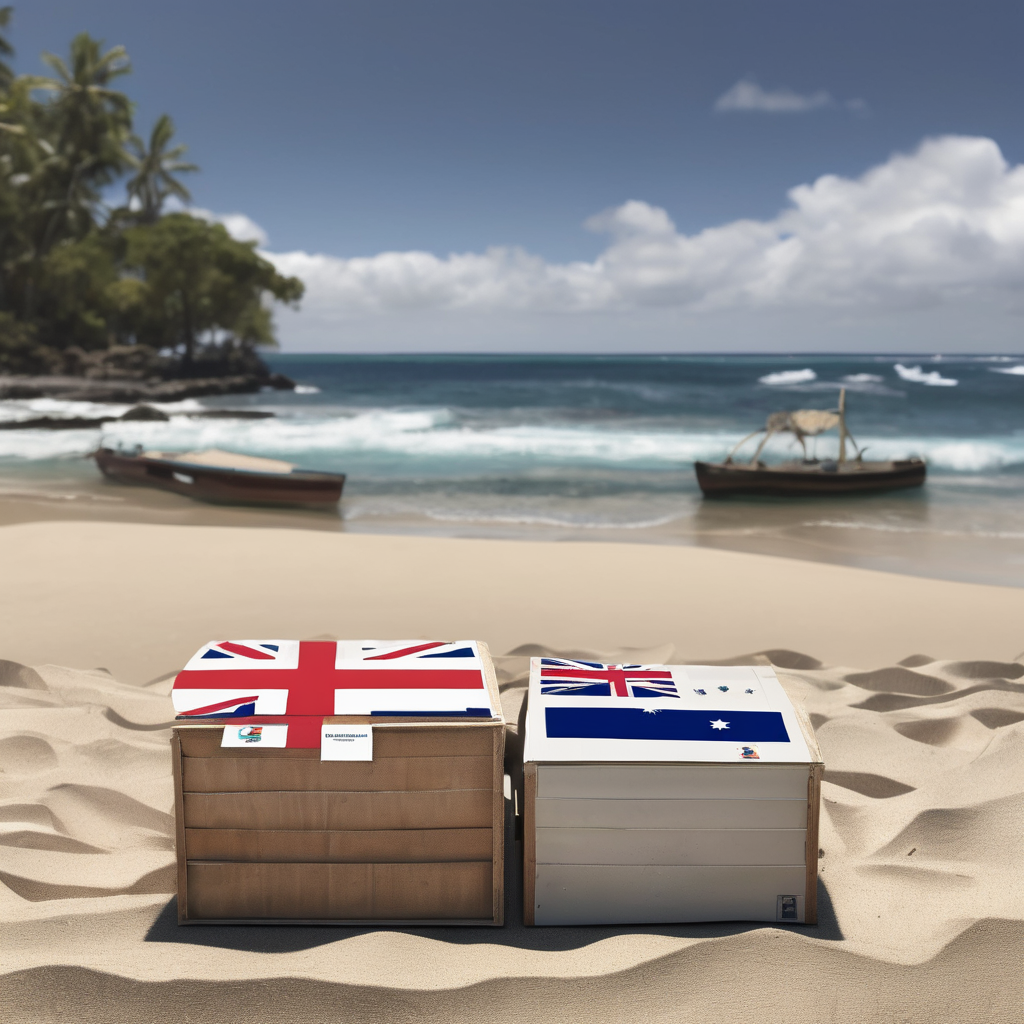Australia continues to hold the position of the largest foreign aid donor in the Pacific, despite significant cuts in funding from other Western partners such as the United States, United Kingdom, and New Zealand. According to the Lowy Institute’s Pacific aid map, Australia’s aid levels are expected to stabilize through to 2028, with its growing emphasis on infrastructure lending effectively offsetting the financial reductions made by other contributing nations.
Riley Duke, lead author of the report, highlighted that Australia’s consistent aid allocation and rapid expansion in infrastructure support will help mitigate the adverse effects of these cuts on the Pacific region. By 2028, Australia is projected to provide more than double the combined assistance offered by Japan, New Zealand, the United States, France, Germany, and the United Kingdom. Currently, Australia accounts for 43 percent of official development finance in the Pacific, which is fourfold greater than New Zealand’s share.
The latest data shows a 16 percent decline in total foreign aid, down to approximately $5.5 billion (US$3.27 billion) in 2023 compared to the previous year. This decline comes in the wake of the Trump administration’s severe reductions to foreign aid, which have triggered a more pronounced role for Australia in the region. In contrast, although China has shifted its approach from large-scale loans to smaller community initiatives and grants, its overall spending has remained flat, allowing it to build deeper grassroots ties within the Pacific communities.
While U.S. aid cuts have generally been perceived as overemphasized, they undeniably have affected Washington’s standing in the region and contributed to a narrative of unreliability, favoring China’s influence. Alexandre Dayant, the lowy institute’s project lead, emphasized that with the U.S. stepping back, Australia finds itself in a more isolated position in balancing Chinese influence.
In response, Australia is also collaborating with South Pacific nations including Chile, Fiji, France, New Zealand, Papua New Guinea, and Tonga to enhance disaster response mechanisms. At the 2025 South Pacific Defence Ministers’ Meeting held in Chile, Defence Minister Richard Marles outlined strategies for building a robust regional response framework, with New Zealand set to lead a shared command center starting in mid-2026.
The ongoing developments highlight Australia’s proactive commitment to fostering stability and development in the Pacific, as it navigates the evolving geopolitical landscape. By stepping up its foreign aid and concentrating efforts on infrastructure projects, Australia hopes to reinforce its pivotal role as a key player in the region, promoting resilience and sustainable growth for Pacific Island nations.
